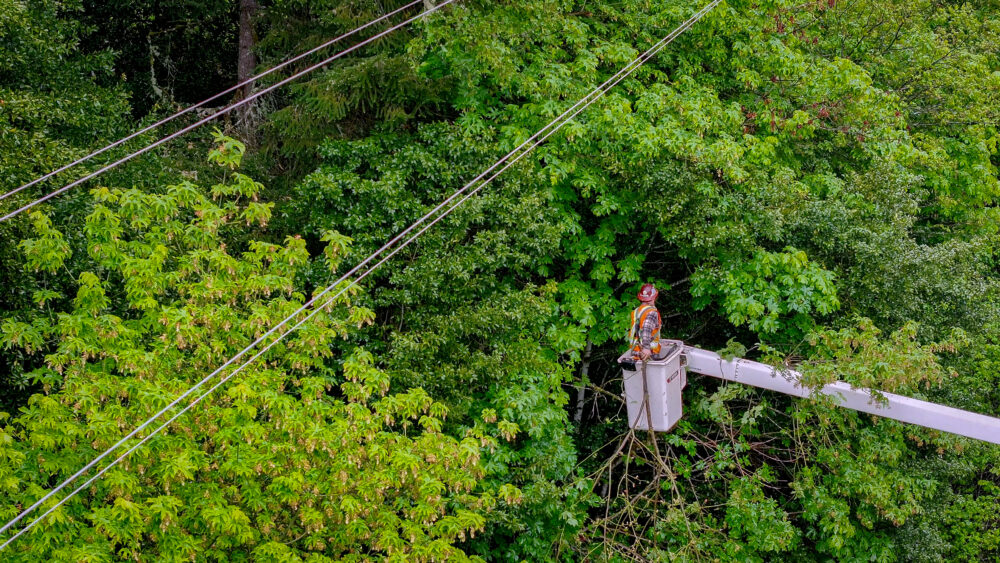We have much more to do and your continued support is needed now more than ever.
6 Easy Ways to Watch Your Waste at Home
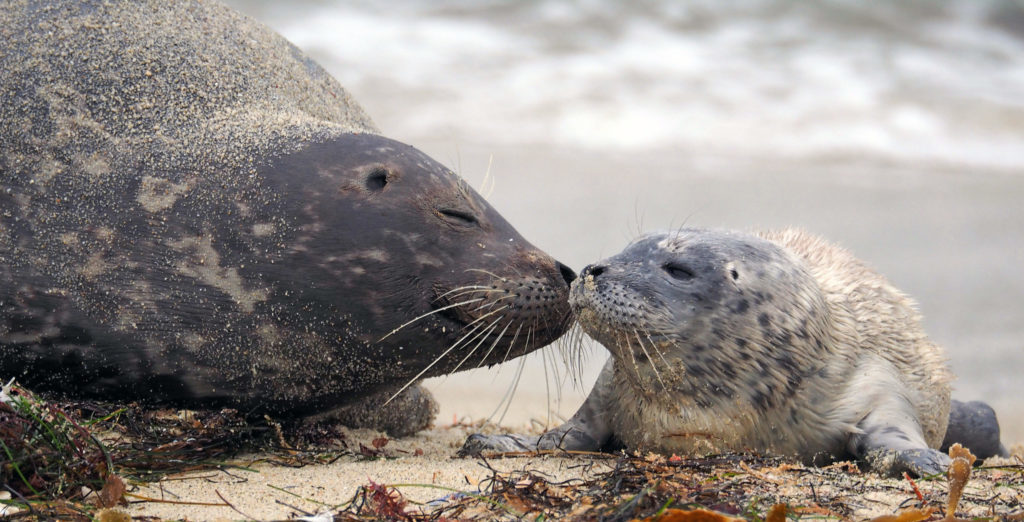
Shocking news was shared about the health of the world’s wildlife populations in a 2019 report released by the Intergovernmental Science-Policy Platform on Biodiversity and Ecosystem Services (IPBES)1 — 1 million species are currently threatened with extinction.2
1 million species are currently threatened with extinction.
IPBES
One of the main causes for this extinction crisis is pollution, including plastic pollution in our oceans. Plastics of different sizes are being ingested by billions of creatures, and it is estimated that ingestion of plastic kills hundreds of thousands of marine birds, mammals, and fish each year.3
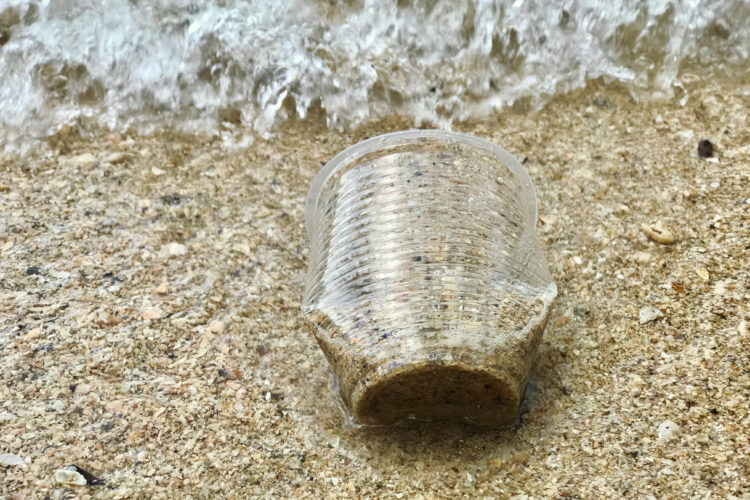
The United States and other countries have an obligation to develop strong, smart plans and implement them quickly to put these wildlife species back on the path to recovery, and every action taken on a national or individual level to reduce waste and increase recycling is a step in the right direction to protect wildlife and their habitats. Here are six smart ways you can reduce your waste and make smart choices for wildlife at home:
#1 Be conservative …
… with your use of napkins, paper towels, and toilet paper and dispose of them properly. And use cloth napkins and towels, if possible, that can be washed with a regular load of laundry to reduce your use of disposable products and minimize your waste. Paper towels and napkins cannot be recycled due to contamination from food waste, and other liquids, greases, etc.4
#2 When you go grocery shopping…
… choose items packaged in aluminum or cardboard rather than plastic, if possible. Cardboard is easily recyclable and also degrades more quickly if it ends up in the landfill. According to the Aluminum Association, nearly 75 percent of all aluminum produced in the United States is still in use today, and aluminum can be recycled over and over again.5
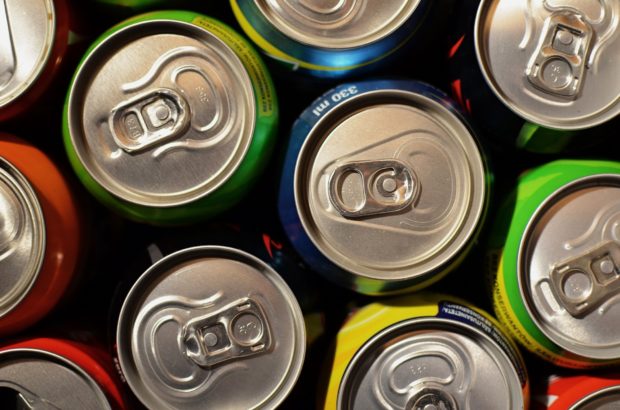
#3 Use reusable…
… cups, dishes, and utensils at home to reduce the waste that will go to the landfill, or possibly into the environment. During the 2018 International Coastal Cleanup, 1,754,908 plastic beverage bottles and 3,668,871 straws and stirrers were collected.6
#4 Refresh your memory…
… about what can and cannot be recycled in your community. Check-in with your local landfill or waste/recycling hauler to learn about any changes. Only around 8 percent of plastic generated in the United States is recycled.7
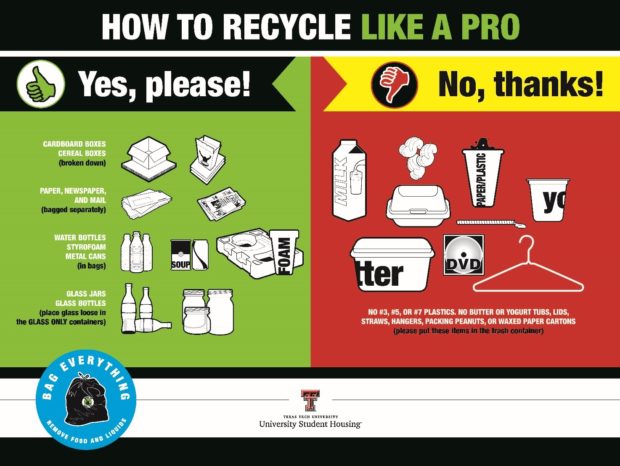
#5 Tie your trash bags…
… tightly! To avoid any leakage and ensure safety for your family and sanitation workers.
#6 Spread the word!
Tell your friends and family to be conscious of their use of single-use products, specifically plastics, and recycle responsibly.

Need more ideas?
- Start composting. This is a good time to maintain or start positive home gardening habits since it will get you outside and help you reduce the number of food scraps ending up in your trashcan. Check out this story by the Natural Resources Defense Council, Composting is way easier than you think.
- Going through soap like it’s nobody’s business? Learn how to make your own. You may be surprised to learn that many of the tools and ingredients may already be in your kitchen! Check out this eco-friendly DIY resource for making soap.
- Interested in advocacy? Learn about the issues that National Wildlife Federation is working on and how you can take action for wildlife and habitat.
1 Global Assessment Report on Biodiversity and Ecosystem Services, Intergovernmental Science-Policy Platform on Biodiversity and Ecosystem Services – https://ipbes.net/global-assessment
2 U.N. Report Highlights Wildlife Crisis At Home, May 7, 2019. National Wildlife Federation Blog – https://blog.nwf.org/2019/05/u-n-report-highlights-wildlife-crisis-at-home/
3 Yoeman, Barry, June 1, 2019; A Plague of Plastics. National Wildlife magazine – https://www.nwf.org/Magazines/National-Wildlife/2019/June-July/Conservation/Ocean-Plastic?_ga=2.139182522.808755970.1582914530-1971171907.1566317111
4 Mesa Community College, https://www.mesacc.edu/recycling-sustainability/do-not-recycle
5 The Aluminum Association – https://www.aluminum.org/industries/production/recycling
6 International Coastal Cleanup 2019 Report, Ocean Conservancy – https://oceanconservancy.org/trash-free-seas/international-coastal-cleanup/annual-data-release/
7 U.S. Environmental Protection Agency – https://www.epa.gov/facts-and-figures-about-materials-waste-and-recycling/national-overview-facts-and-figures-materials


